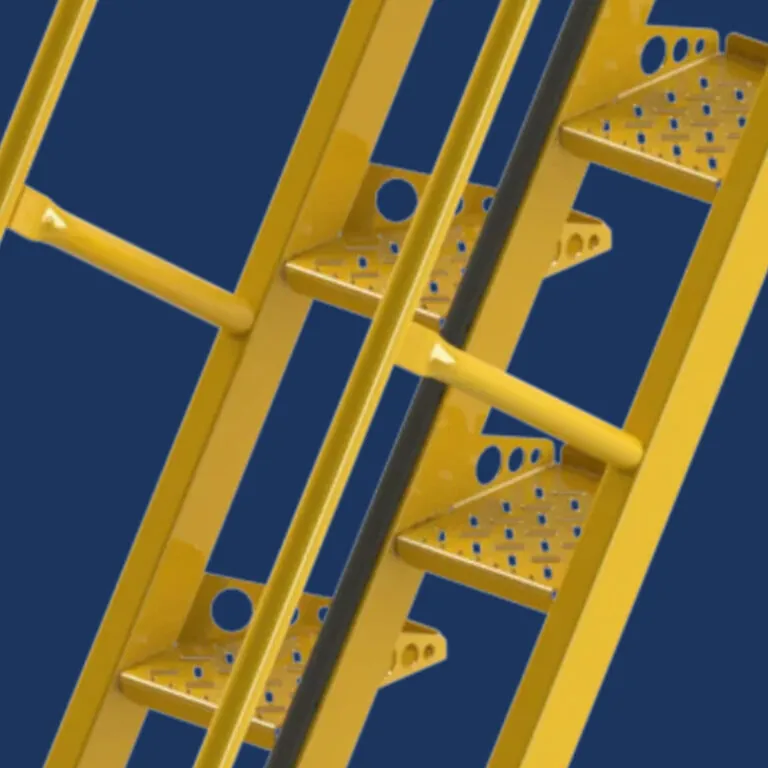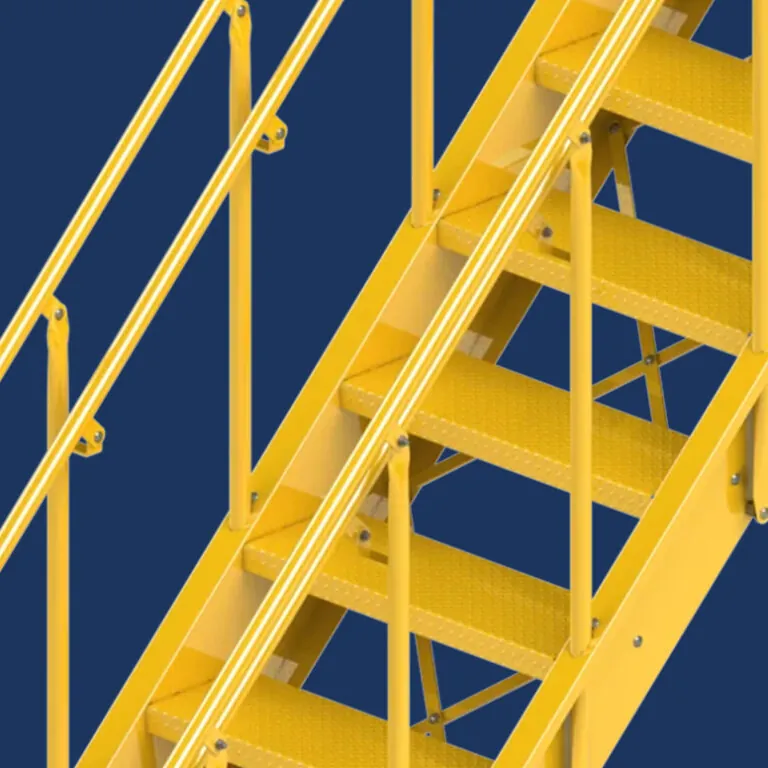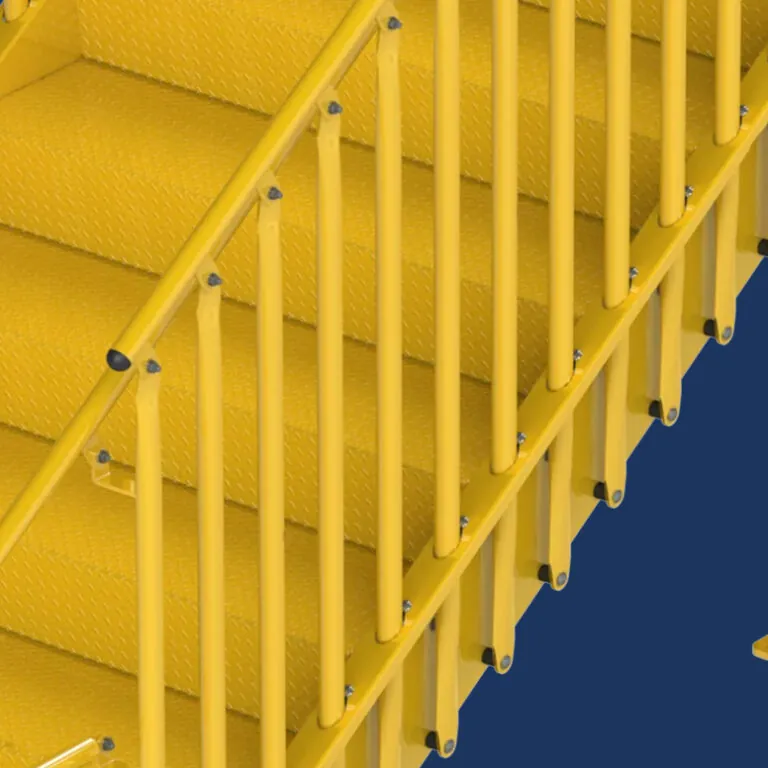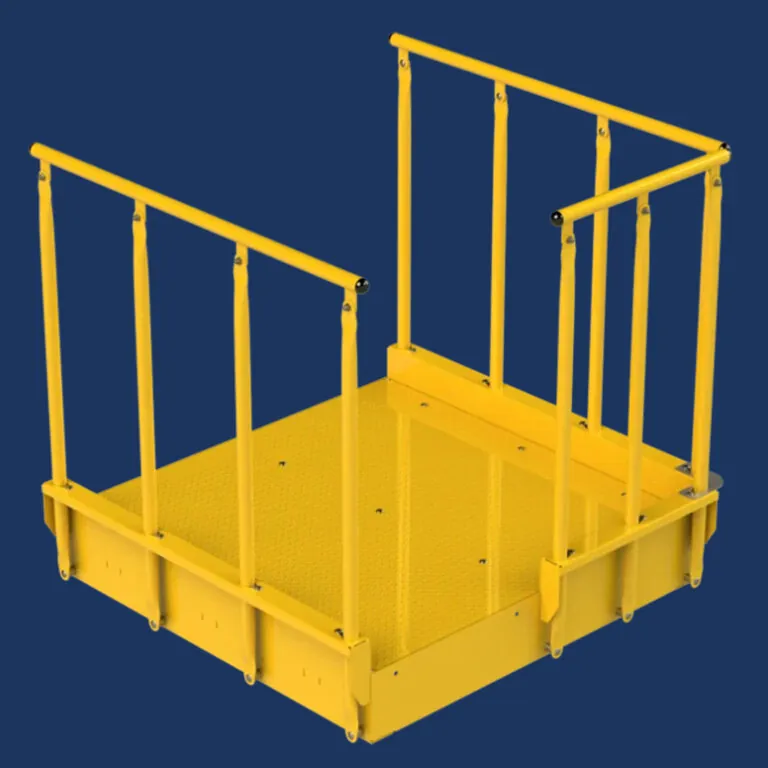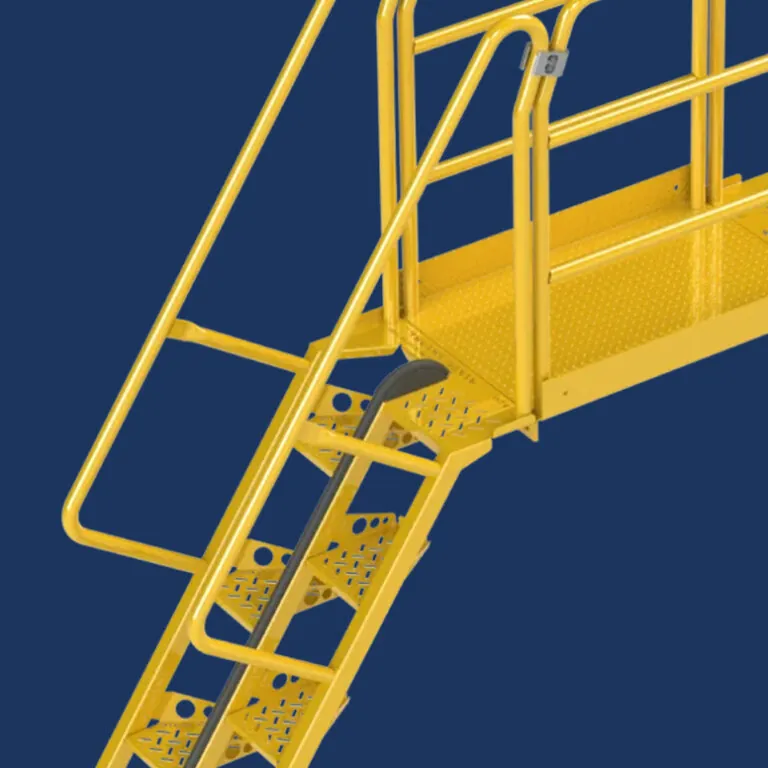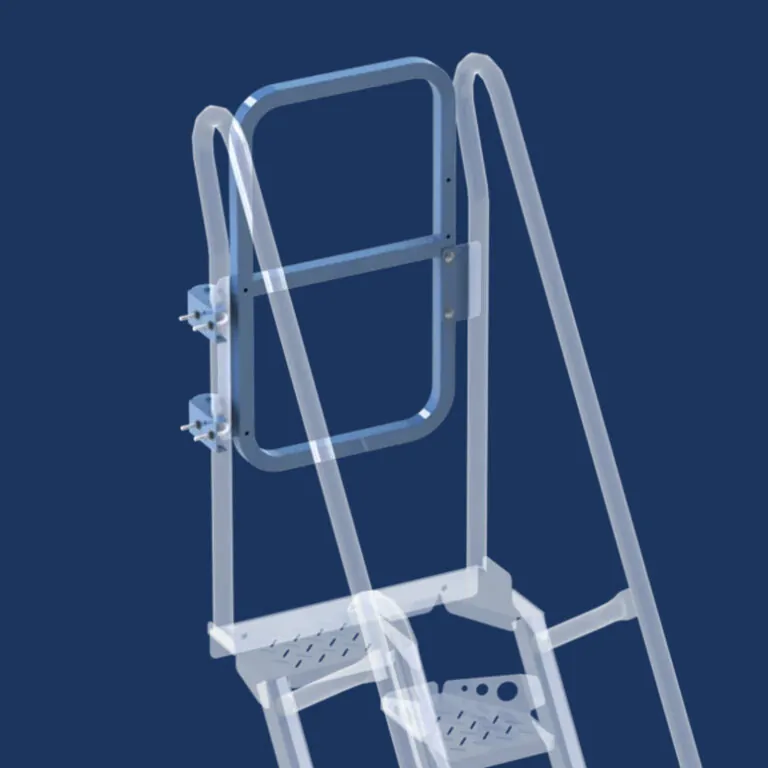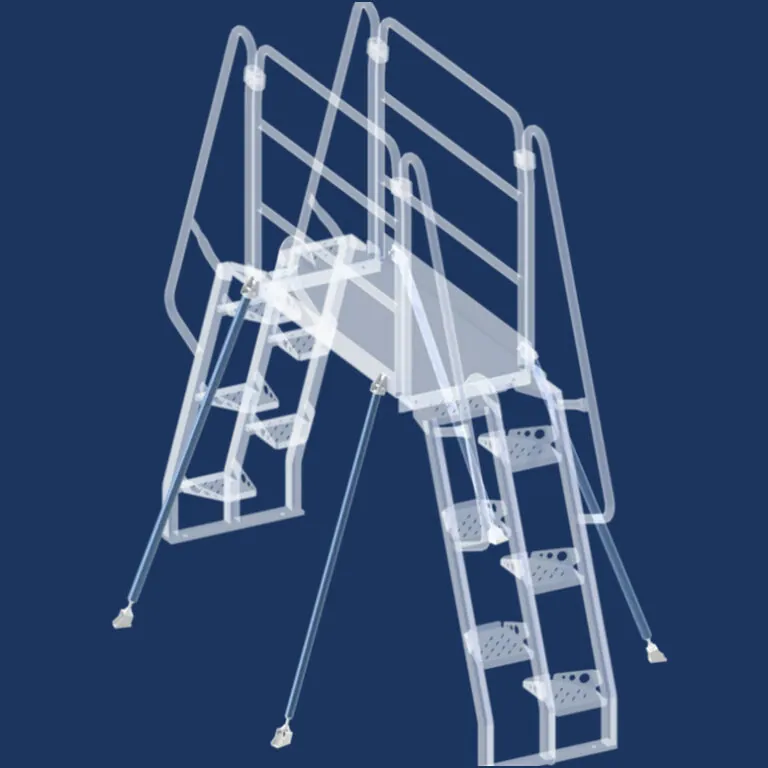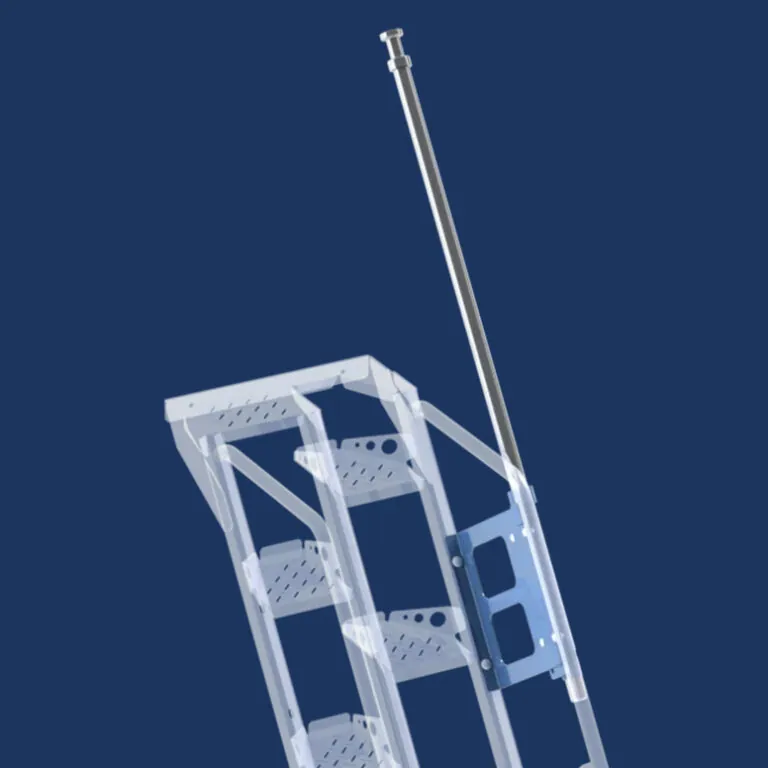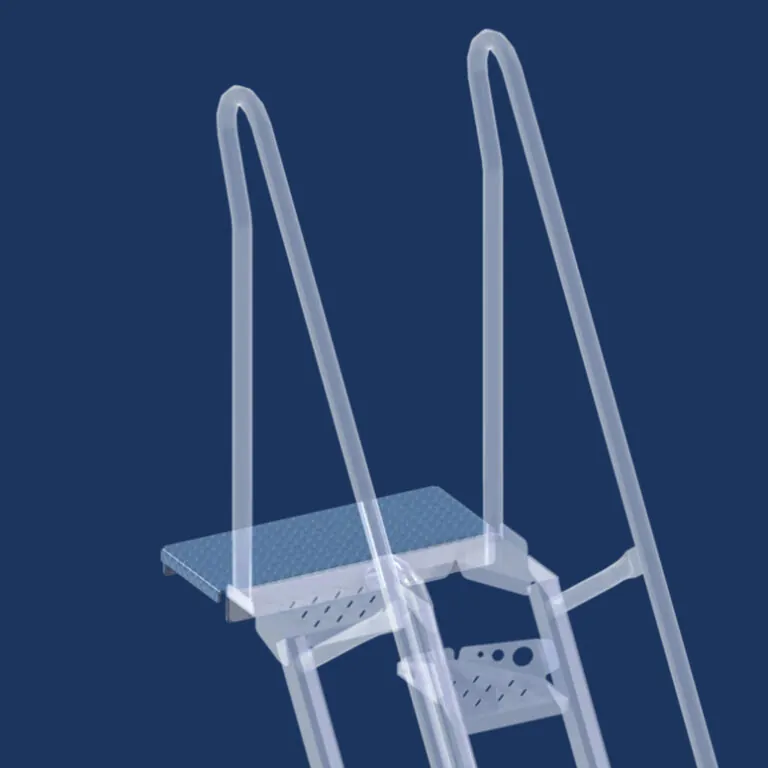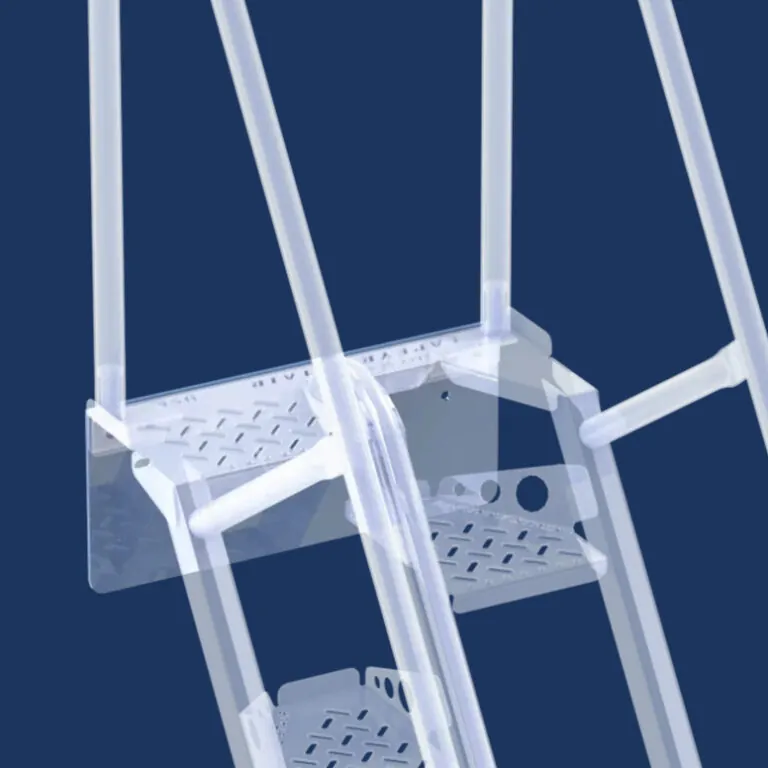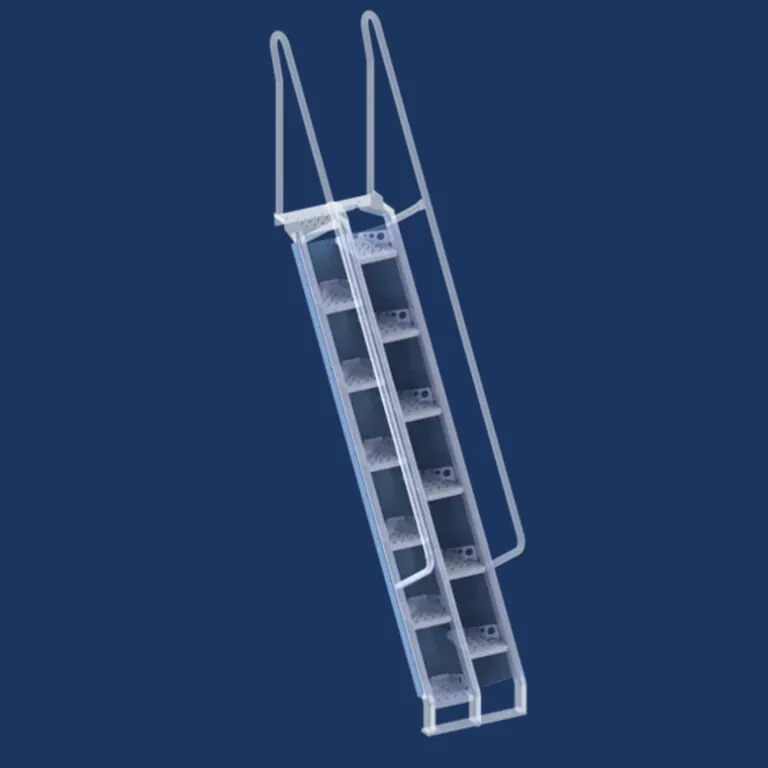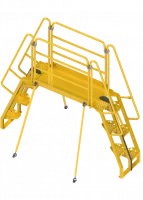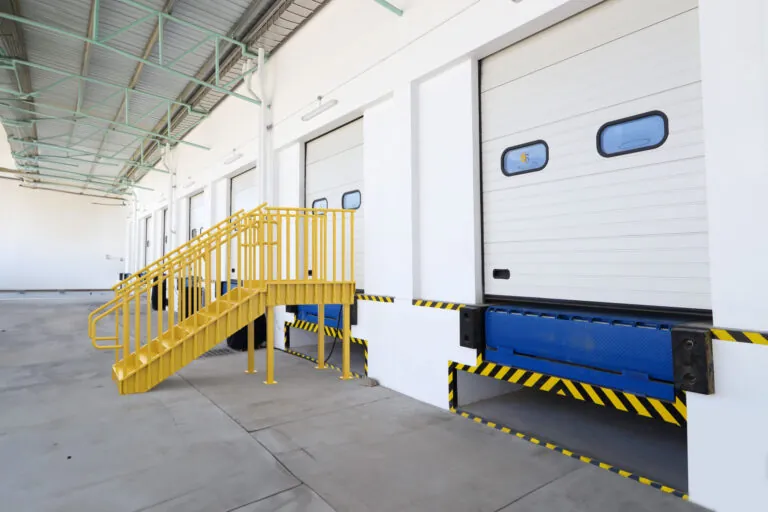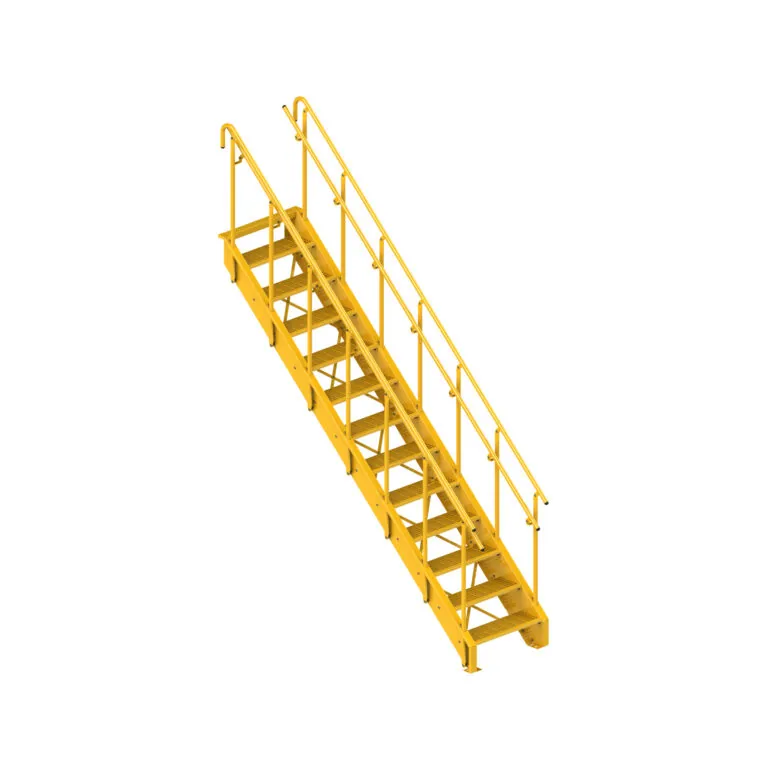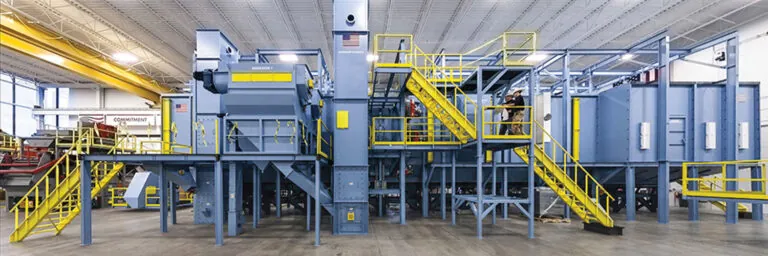Falls from ladders account for about 20% of fall injuries in the workplace and are a leading cause of unintentional injury and fatalities. OSHA recently made changes to its standards to address ladder safety. Yet ladders remain very common in the workplace. Ladders are used regularly for roof access, maintenance access, equipment access, and other routine work operations. We wanted to know: what is the risk and expected cost of having employees use a ladder in the workplace? To answer that, we dug into the ladder safety statistics and created a tool to calculate the risk and expected cost of an employee falling from a ladder.
We pulled data from a few sources to plug into our calculator. We also made our own assumptions. Here are the ladder safety statistics we used as inputs:
- Average number of injures per year from ladders in industry
- Average workers compensation costs per unintentional injury in industry
- Rate of ladder injuries per year for each full-time-employee (FTE) in industry
- Rate of usage of an average ladder by full-time-employees in industry
Ladder injury statistics
![]() Let’s start with the average number of injuries per year from ladders. The Bureau of Labor Statistics (BLS) publishes data on occupational workplace injuries and illnesses. In these reports, they track the number of non-fatal occupational injuries from ladders in private industry and government workplaces. From this report, the average number of non-fatal ladder injuries per year reported from 2011 to 2019 was 22,594.
Let’s start with the average number of injuries per year from ladders. The Bureau of Labor Statistics (BLS) publishes data on occupational workplace injuries and illnesses. In these reports, they track the number of non-fatal occupational injuries from ladders in private industry and government workplaces. From this report, the average number of non-fatal ladder injuries per year reported from 2011 to 2019 was 22,594.
The BLS also reports on fatal fall injuries. These reports show the number of fatal injuries from ladders averaged 149 incidences per year from 2011 to 2018.
Costs of injuries statistics
For the average workers compensation costs related to ladder injuries, we used data published by the National Safety Council on the average workers compensation cost for non-fatal and fatal injuries. From these reports, the average workers compensation cost for a non-fatal workplace injury was $41,000, and the average cost for a fatal unintentional injury was $1,190,000.
Rate of ladder falls per full-time employee
Next we calculated the rate of ladder injuries per year for each full-time-employee. To calculate the rate, we divided the number of ladder fall injuries by the number of full-time employees in industry over the same period. The BLS publishes data on the number of full-time employees. There was an average of 123 million FTEs in the workplace during the period from 2011 to 2019. Using that data, we calculated the rate of non-fatal ladder falls per FTE per year to be 0.018% or 1 fall per year per 5,500 FTEs and the rate of fatal ladder falls to be 0.00012% or 1 fatal fall per year per 800,000 FTEs.
Expected cost per year per full-time employee from ladder falls
Using the rate of ladder falls per year per FTE, we can then calculate the expected cost per FTE per year from ladder falls.
- Expected cost of non-fatal ladder fall injury per year = $41,000 avg cost per injury*.00018 injuries per year = $7.53 per FTE
- Expected cost of fatal ladder fall injury per year = $1,190,000 avg cost per injury*0.0000012 injuries per year= $1.44 per FTE
- Adding the two together brings the total expected cost of all ladder injuries per year to $8.97 per FTE
So what’s the risk and cost associated with the ladder in your workplace? We need to make assumptions about typical ladder use and ladder safety techniques. Many factors contribute to ladder safety. The condition of the ladder, the design of the ladder, the technique in climbing the ladder, carrying items up and down, and using a personal fall arrest system all affect fall risk. Ensuring that ladders are in compliance with OSHA ladder design standards also helps to reduce fall risk.
For simplicity we will ignore the many different design and environmental factors that affect ladder safety. We assume that the ladder in question in your workplace is similar to the ladders involved in falls as reported by the CDC and BLS. Again, ensuring proper ladder safety procedures and standards can help reduce the risk of a fall.
Assuming that all other factors are equal, the primary factor affecting fall risk is the frequency of use of the ladder. Is the ladder being used for routine operations? Or is it being used once a year for maintenance? Obviously the risk of a fall is much higher for a ladder being used daily for operations than for one being used once per year.
To illustrate a cost calculation, we will assume that a typical ladder in industry is used once per month, or 12 times per year. Any ladder being used more than that will have higher risk, and any ladder being used less will have lower risk. A ladder being used 1,200 times per year, for instance, will have 100 times the risk of a ladder being used 12 times per year.
Using that assumption, we created the below table showing the estimated risk and expected costs of injuries from ladders with different usage rates.
Ladder Usage |
Ladder uses per month |
Risk of non-fatal injury per year |
Risk of fatal injury per year |
Expected medical and work-loss cost per year |
| Multiple times per day | 100 | 1.85% | 0.0120% | $897.29 |
| Once per day | 30 | 0.55% | 0.004% | $269.19 |
| Multiple times per week | 10 | 0.18% | 0.0012% | $89.73 |
| Once per week | 5 | 0.09% | 0.0006% | $44.86 |
| Once per month | 1 | 0.02% | 0.0001% | $8.97 |
| Less than once per month | 0.5 | 0.01% | 0.0001% | $4.49 |
This table is for illustrative purposes only but helps to show how frequency of use can affect the risk of a ladder in the workplace. Ladders being used frequently come with much greater risk and expected cost.
Should you replace a ladder with a stair?Knowing the risk of a ladder is helpful, but what should an employer do about it? The most immediate way to reduce risk is to ensure that ladders are up to code and that proper ladder safety procedures are in place. A longer term solution is to investigate replacing ladders with stairways whenever feasible. Stairways come with their own risk, but the risk of injury is less than half that of a ladder. Is it worth replacing a ladder with a stairway? To help answer that question, we plugged the same injury statistics for stairways into our calculator to determine the risk and expected cost of a stairway vs a ladder. Depending on the usage, we can calculate the ROI of replacing a ladder with a stairway. You can download this ROI calculator below. |
Conclusion
Using a ladder in the workplace comes with risk. Our illustration shows that how the ladder is being used may be an important determinant for risk of falls. Employers should consider how each ladder in the workplace is used and determine whether that usage is appropriate. Ladders being used as part of daily operational routines come with much greater risk than ladders being used for occasional maintenance. Consideration of risk and cost should help employers make a decision to replace ladders with safer access alternatives.

